Grooming 101: Mastering the Art of the Slicker Brush for Purr-fect Cat Coats
Have you ever watched a cat emerge from its grooming session looking less like a feline and more like royalty? The secret to such immaculate transformation often lies within the bristles of a slicker brush. While typically associated with dogs, the slicker brush's magic can work wonders on cat coats too. Let’s dive into the world of feline grooming and unveil the strokes that create purr-worthy results!
The Basics of the Slicker Brush: Why It's a Grooming Staple
Known for its fine, wire bristles, the slicker brush is a powerhouse for detangling, removing loose fur, and breaking up mats. It’s designed to penetrate deep into the coat without harming the sensitive skin beneath. But don't let the simplicity fool you – effective use of this tool requires skill and patience.
Understanding Your Tool: A Slicker Brush Overview
Before we can master the technique, it's essential to understand our tool. The slicker brush comes in various sizes and bristle lengths, some even featuring retractable pins for easy cleaning. Choose a size that comfortably fits the cat you're grooming and consider softer bristles for a gentler touch on their delicate skin.
Making the Brush Work for You: Techniques and Tips
With the right brush in hand, you're ready to start grooming. Remember that a comfortable cat is a cooperative cat. Begin with gentle strokes and watch for any signs of discomfort. Always work in the direction of hair growth to maintain the natural lay of the fur.
Detangling: The First Step to a Sleek Coat
Mats and tangles aren't just unsightly; they can cause pain and lead to skin irritation. Start by using the slicker brush to gently tease apart any knots. For severe mats, you may need to employ a mat splitter or de-matting comb first.
Removing Loose Fur: Reduce Shedding and Hairballs
With the detangling conquered, focus on removing loose, dead hair. This not only creates a shiny finish but also reduces the chances of hairballs – a common feline ailment. A thorough brushing helps collect this fur before it ends up on your client's furniture...or in their cat's stomach.
Avoiding the Claw and Fang: Safety First!
Never underestimate the quick reflexes of a cat. If discomfort arises, those claws and teeth can make an unwelcome appearance. Always handle the cat with gentle assurance and give them pauses as needed. Remember, the goal is a pleasant experience for both you and the cat.
Recognizing Signs of Stress
Stay attuned to the cat’s body language. Flattened ears, a twitching tail, or hissing are clear indicators to stop and reassess your approach. In some cases, splitting the grooming session into multiple shorter intervals may be necessary.
After the Brush: Finishing Touches for a Purr-fect Coat
Once the brushing session is complete, a quick once-over with a grooming comb can catch any remaining tangles and smooth out the coat. A spritz of conditioning spray can add shine and reduce static, leaving your feline client with a coat that’s not only detangled but also radiant.
Health Check: The Extra Perk of Grooming
Grooming isn't just about aesthetics. It's also an opportunity to check for skin issues, parasites, or abnormalities. While you're up close and personal with your cat client, keep an eye out for anything that may require veterinary attention.
Caring for Your Slicker Brush: Maintenance Matters
Your grooming tools are an investment. Care for them as such. Clean the slicker brush after every grooming session to remove hair and potential contaminants. For those with retractable pins, a push of a button can free the captured fur, while others may require a comb to clean the bristles. Proper maintenance means your brush will be ready for action at a moment's notice.
Storing Your Tools Properly
Once clean, store your slicker brush in a dry area to prevent rust or degradation of the bristles. Remember to periodically check for any bent or broken bristles, as these can harm the cat's skin during grooming.
Final Thoughts: The Art of Cat Grooming
Grooming cats may not be for the faint of heart, but with expertise and the right tools, it can be one of the most rewarding experiences. The slicker brush, a seemingly simple tool, becomes an artist’s paintbrush in the hands of a skilled groomer. Every stroke contributes to the masterpiece that is a well-groomed cat.
Continuing Education: Never Stop Learning
The field of professional grooming is ever-evolving, with new techniques and products continually emerging. Keep your skills sharp and your knowledge current by attending workshops, webinars, and continuing education courses. Your feline clients—and their humans—will thank you.
Join the Conversation
Have you encountered a grooming challenge you'd like to share? Or perhaps you have a slicker brush technique that works like a charm? Join our community in the comments below and let's learn from each other. After all, in the world of professional grooming, every day is a school day.


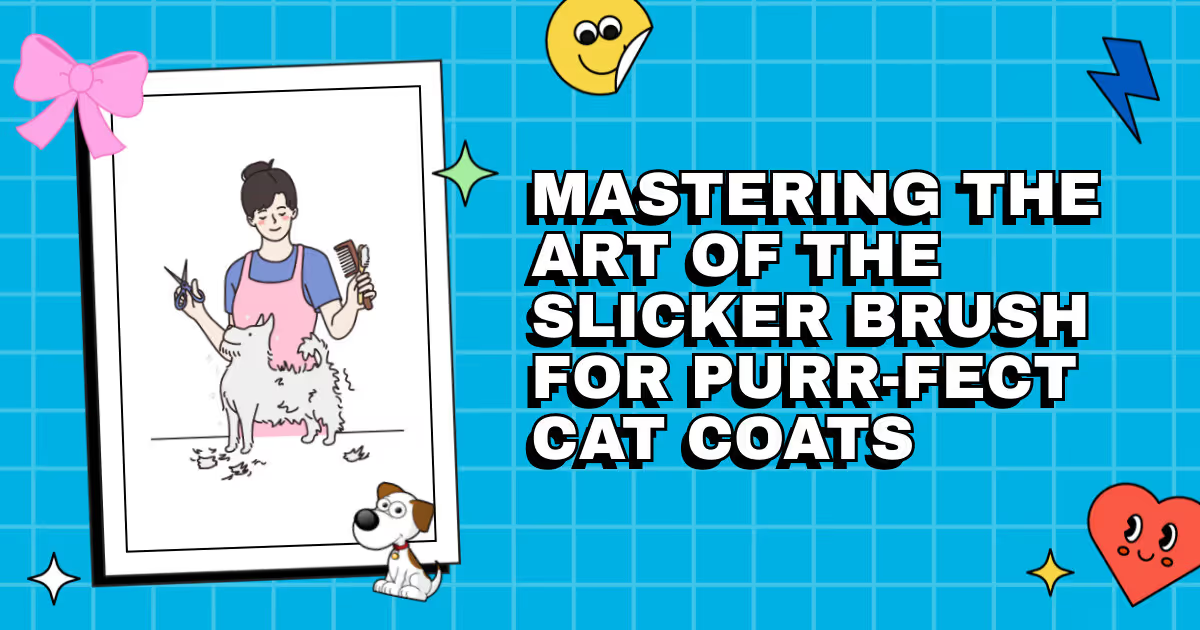





























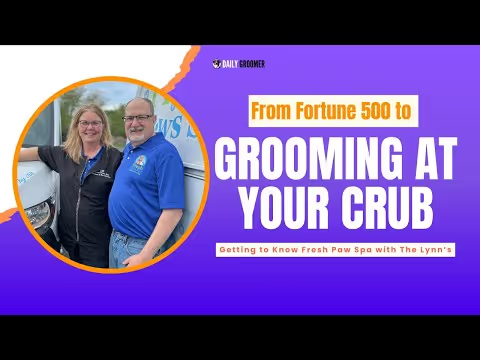















.avif)










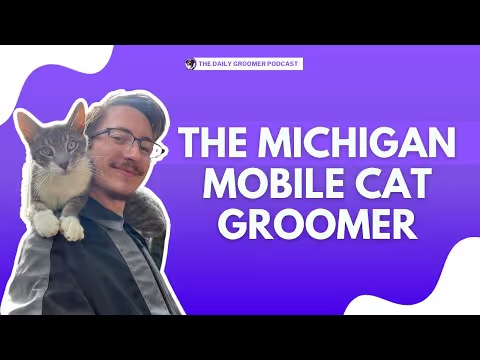

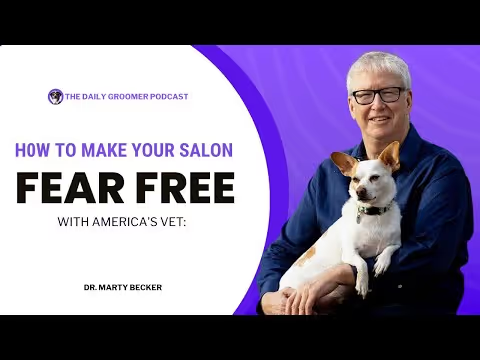























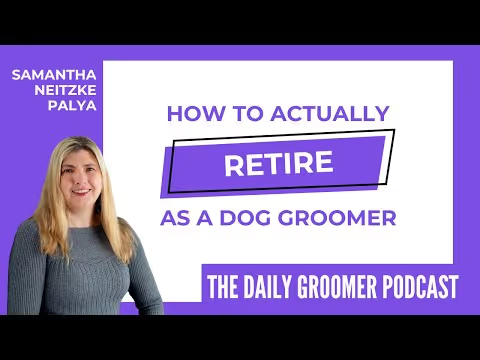
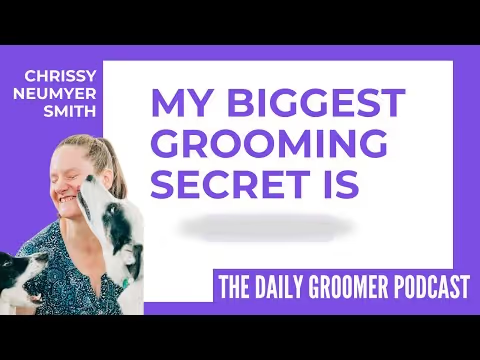












.avif)


